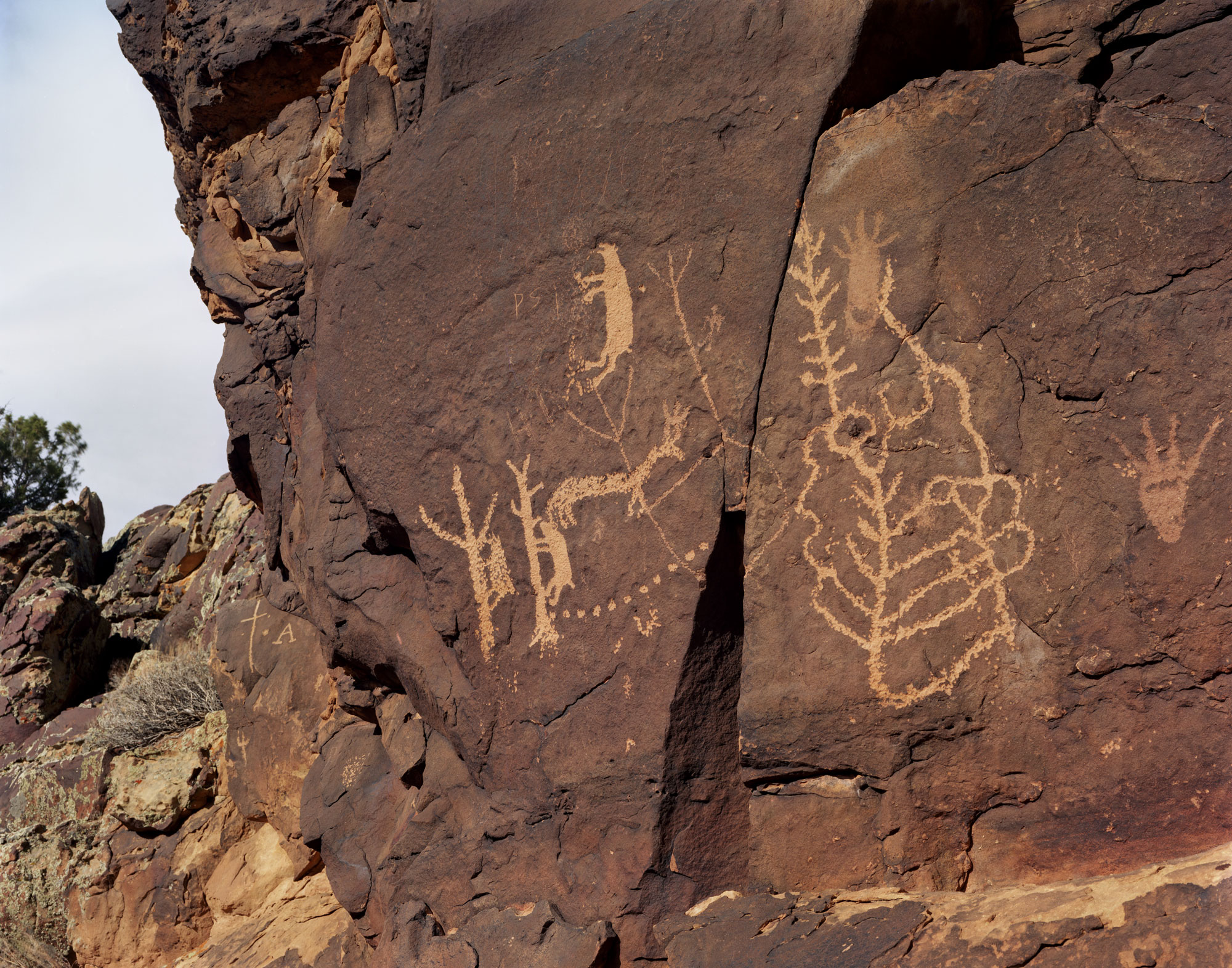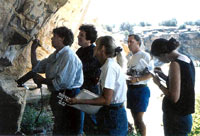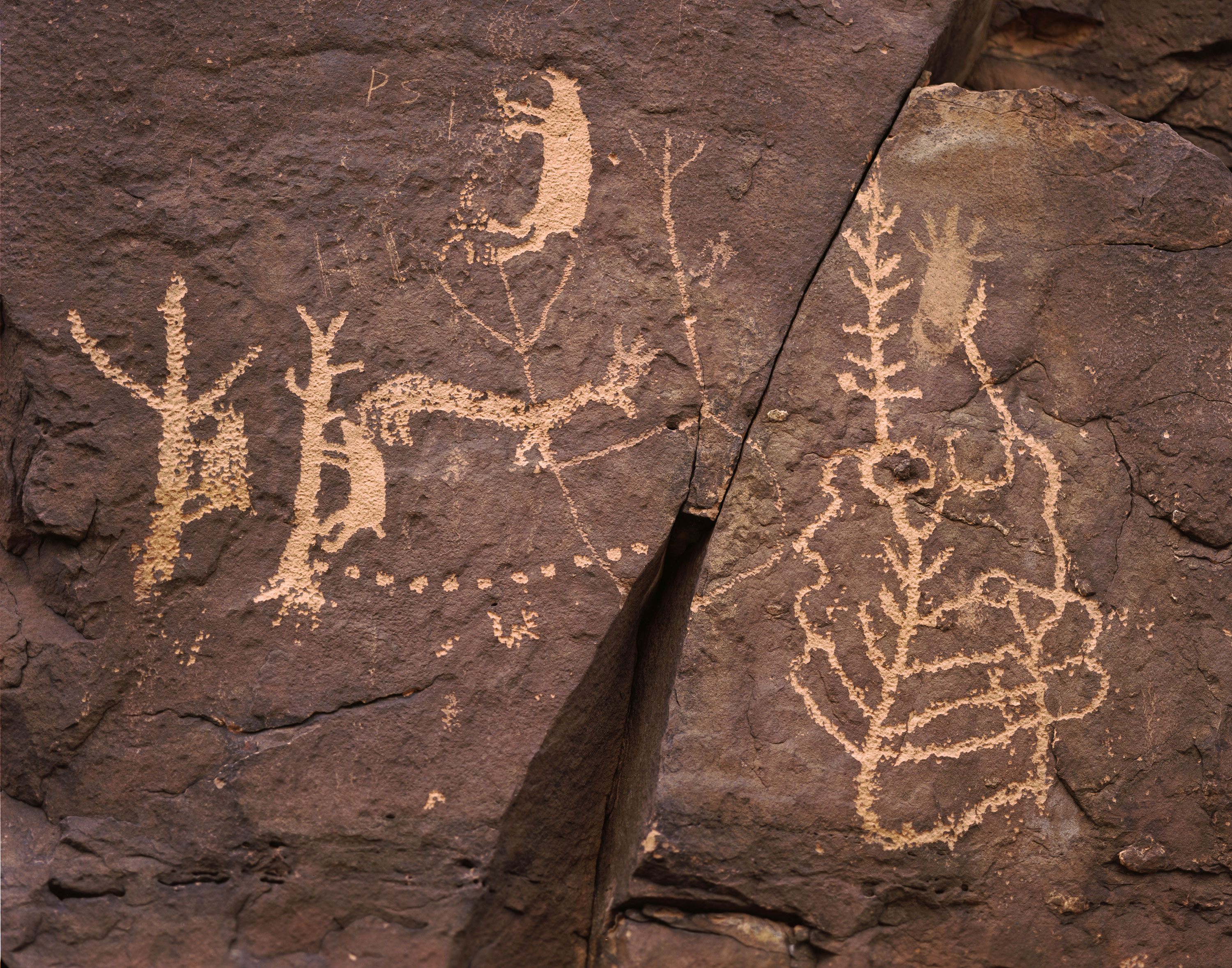Story
Do you know this place?—Native American Heritage Month edition
This Native American Heritage Month, we continue our series Do you know this place? to quiz you on what you might know about one of Colorado’s special places.
Do you know this place?
1. Where is this place?
a.) east of Meeker
b.) north of Keota
c.) west of Montrose
d.) south of Pritchett
2. When was it created?
a.) over 6,000 years ago
b.) about 2000 B.C.
c.) between about 1000 B.C. and A.D. 1900
d.) in the 1930s
3. What style is the rock art at this site?
a.) Abstract Rock Art Tradition
b.) Uncompahgre Style
c.) Historic Ute Style
d.) all of the above
Answers
Just west of Montrose is the premier rock art site of the Uncompahgre Plateau and Valley, known as the Shavano Valley Rock Art Site. The site comprises 42 acres of abundant and well-preserved Ute petroglyphs dating from the Archaic period (at least 1000 B.C.) through the historic Ute period (which ended around 1900), as well as artifact concentrations that indicate sites of stone tool manufacturing.
This place is listed in the National Register of Historic Places. A State Historical Fund grant in 2012 allowed the Archaeological Conservancy to acquire the land from a community foundation so that it can be used for further research as well as educational programming. The site had received grants in the past to conduct survey work and site protection.The Shavano Valley Rock Art Site has been at the center of western Colorado rock art research since 1907, helping to define rock art traditions and styles and to interpret cultural continuity and change. More than 37 rock art panels have been pecked or incised into vertical or near vertical sandstone cliffs and detached boulder faces.
Bear paw prints are probably the most distinctive rock art motif in the region, and they appear on many of the panels. The principal panel at the site includes the image of three bears climbing trees, and some feel that these motifs represent the Ute Bear Dance legend. Another panel has handprints, animal and bird tracks, linear motifs, and a possible atlatl (spear thrower) clustered around what appears to be a bow and arrow.
Much of the rock art at the site has been interpreted as being of historic Ute origin, which is divided into Early Historic and Late Historic based on the stylistic differences in the depiction of horses. The Ute were noted for imitating earlier rock art images, reportedly for fun, which can be a source of confusion in rock art interpretation.
In addition to being an important subject for anthropological research, rock art has meaning to current Native American groups who may be the descendants of the individuals who made the art.
Visitors who plan to see the Shavano Valley Rock Art Site in person are advised to contact our Ute Indian Museum at least two weeks in advance to schedule a guided tour (self-guided tours are not permitted).
If you’re interested in learning more about Ute history and traditions, the exhibit Written on the Land: Ute Voices, Ute History opens at the History Colorado Center on December 8, 2018!



